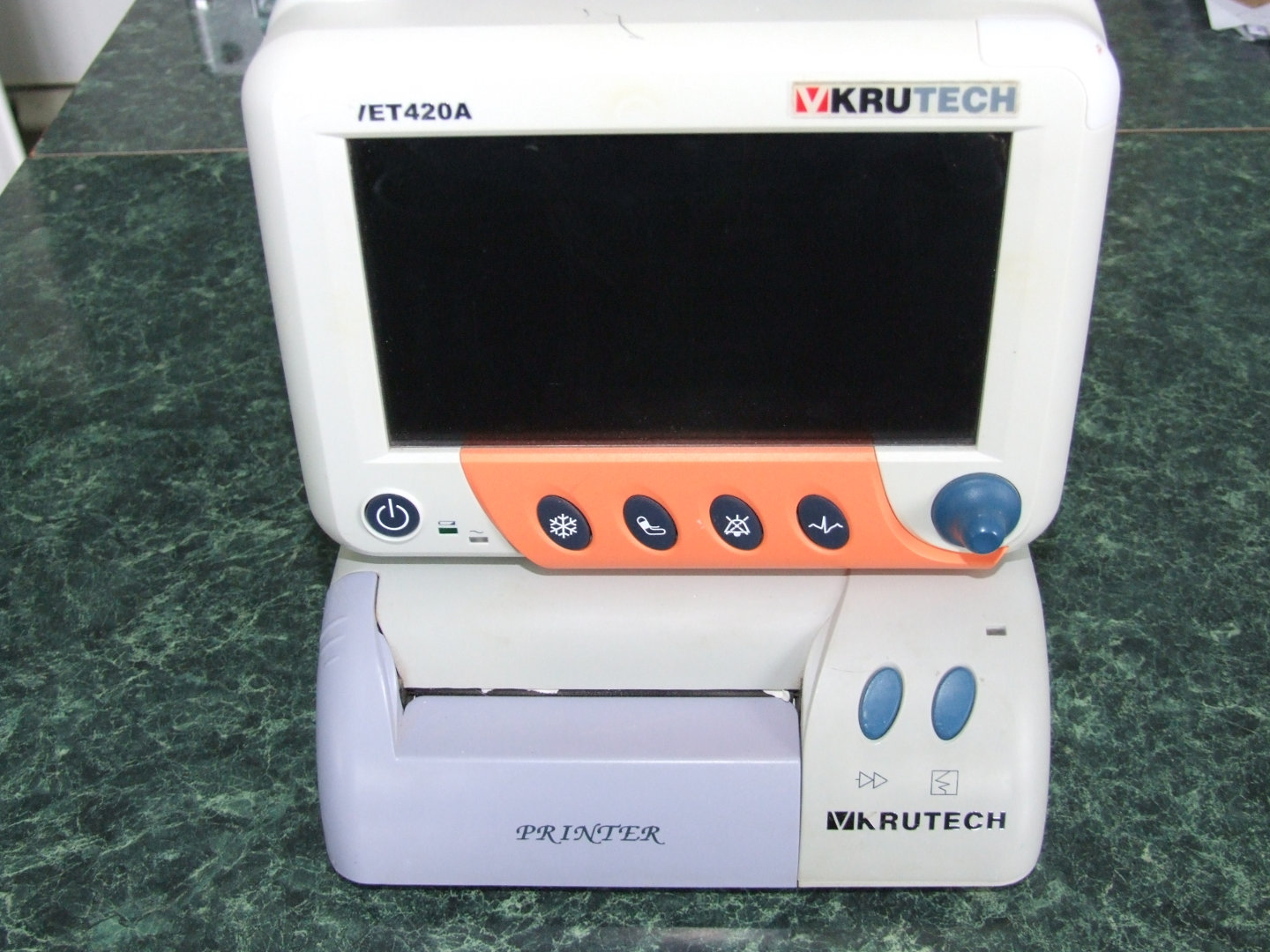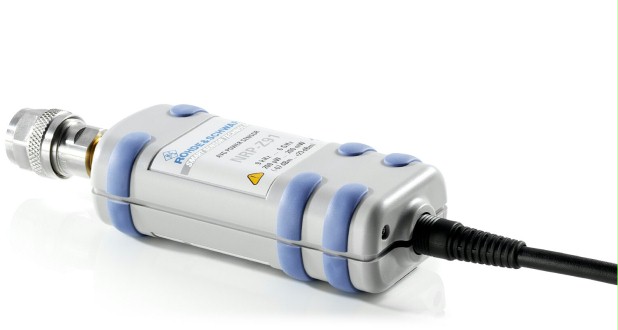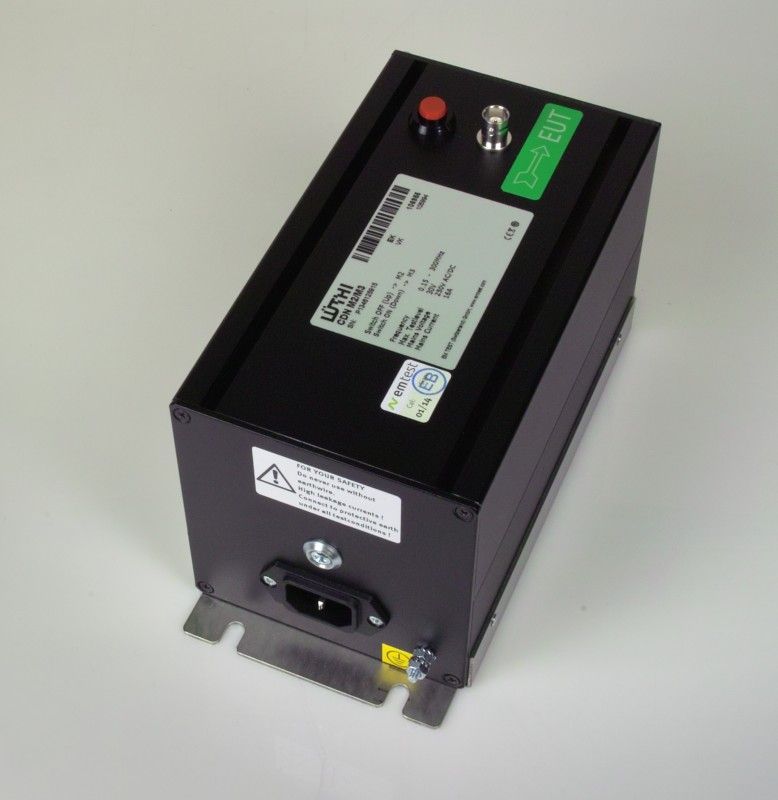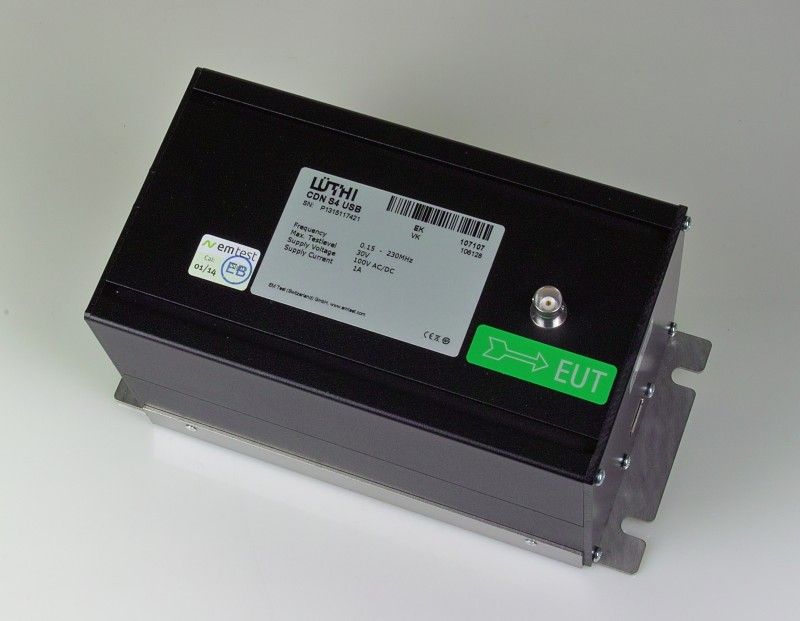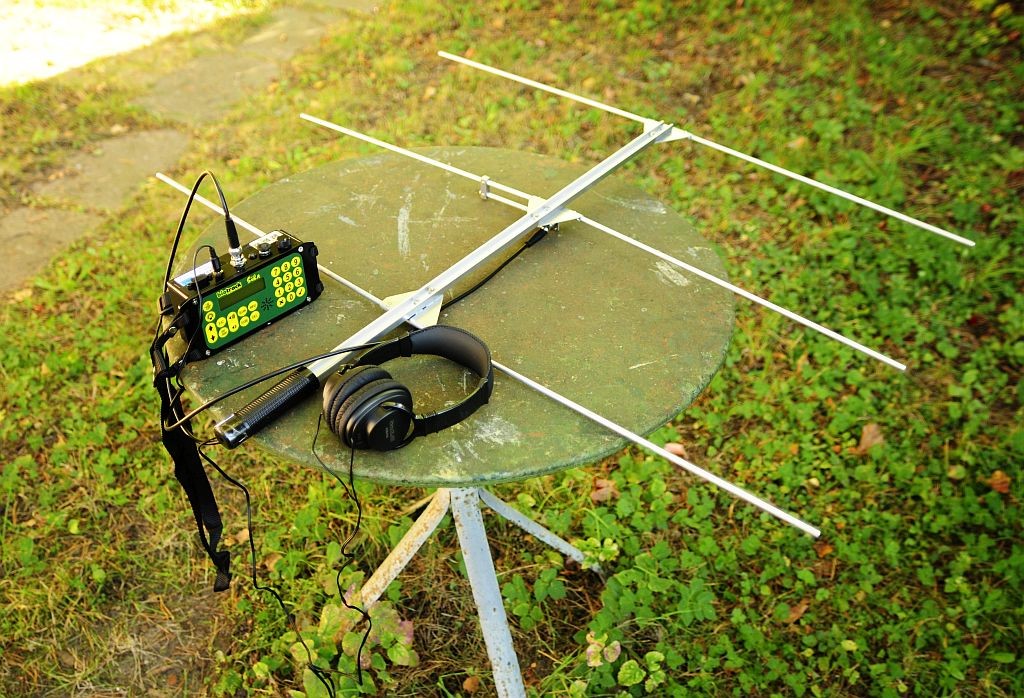
Contacts and Location
| Contact 1 | Dagmāra Čakstiņa |
|---|---|
| Enquire about this equipment | |
| Organisational Unit |
University of Latvia Faculty of Biology Chair of Zoology and Animal Ecology - Latvia, Rīga |
| Building | Rīga, Jelgavas 1 |
Description
Antennas, receivers and additional assortments (e.g. cables, headphones etc.) for receiving radio signals from radio transmitters attached to researched animals in the field. Several (3) equipment units allows simultaneous and therefore more precise triangulation of the transmitters’ location in the field.
Specification
The operating receiver is programmed to the specific transmitter's frequency, to pick up the electromagnetic signals given off by the transmitter affixed to the target animal. The hand-held Yagi antenna contains 3 elements and is a strong, directional antenna commonly used to determine the location of a transmitter. Antenna and receiver are connected by cable. Headphones are used to dim ambient sounds and improve chances to hear weak signals from transmitters.
Tehnical specifications, antenna: Weight: 800g Frequencies: 138 – 230 MHz Bandwidth: ± 2MHz Gain: 6dB over dipole Beamwidth (3 dB): 80 0 Back-to-front ratio: 18 dB Impedance (nominal): 50 ohms Receiver connector: BNC Replaceable Cable length: 1.5 m
Tehnical specifications, receiver: Rainproof & dust-tight Up to 30 MHz frequency band (within 138-174 MHz) Small, light & tough 256 user-programmable channels Scanning function Frequency table upload from a PC
Services
Direct tracking and triangulation methods allow the operator to locate a tagged animal. Direct tracking involves using a directional antenna to follow the signal given off by the transmitter to the exact location of the tagged animal. Triangulation is often used when an animal is on private or inaccessible property or must not be disturbed by the researcher. Triangulation allows the operator to remotely determine the location of the tagged animal. The operator obtains three or more azimuths or bearings from locations around the signal and calculates the intersection of the azimuths to estimate the location of the transmitted animal. Wildlife radio telemetry can be applied to many areas of research to determine the habitat use and preferences of tagged animals, finding their roosts etc. Radio telemetry is widely used to study the home range and movements of different animals. Specific migratory routes and dispersal behavior can also be followed through radio tracking.
Funding Source
| National Research Centers (VNPC) | - |
|---|
Manufacturer
Biotrack
Model
SIKA Radio tracking receiver, Rigid Yagi antenna
